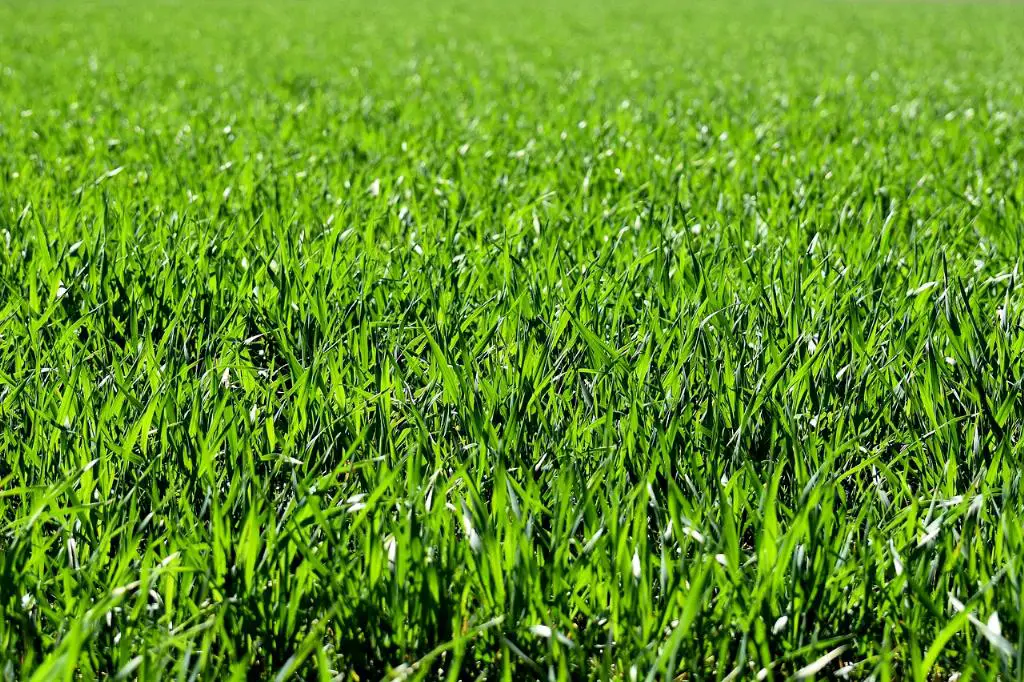Watering your lawn during the summer months is crucial to maintain its health and lush appearance. The frequency of watering depends on various factors, such as temperature, grass type, and soil conditions. Generally, lawns in summer require about ½” of water every 3 days to thrive and stay hydrated.
For optimal results, it’s recommended to water your lawn early in the morning to reduce evaporation loss and allow the grass to absorb the moisture effectively. Morning watering also minimizes the risk of fungal diseases that can develop in damp conditions during the night.
If you live in a region where temperatures are cooler, around the high 70s, watering your lawn with ½” of water every 3-4 days may be sufficient to keep it healthy. However, in hotter climates with temperatures around 85 degrees and constant sunlight, you may need to water your lawn every 2-3 days to prevent dehydration.
It’s essential to pay attention to the signs of dehydration in your lawn, such as wilting, browning, or footprints that remain visible after walking on the grass. These indicators suggest that your lawn is not getting enough water and needs to be watered more frequently.
When determining the watering schedule for your lawn, consider factors like soil type and grass species. Sandy soils drain water faster, so you may need to water more often, while clay soils retain moisture longer, requiring less frequent watering. Likewise, different grass varieties have varying water requirements, so adjust your watering schedule accordingly.
To ensure your lawn receives adequate moisture, consider investing in a rain gauge or a moisture meter to monitor the amount of water it receives and adjust your watering schedule as needed. Overwatering can be as harmful as underwatering, as it can lead to root rot and fungal growth, so finding the right balance is key.
During periods of drought or intense heat, your lawn may require more frequent watering to survive. Keep an eye on weather forecasts and adjust your watering routine accordingly to provide your grass with the hydration it needs to stay green and healthy.
Mulching your lawn can also help retain moisture in the soil and reduce the evaporation rate, allowing your grass to benefit from the water you provide for a longer period. Consider applying a layer of organic mulch to help conserve water and improve the overall health of your lawn.
Regularly inspect your lawn for signs of stress or dryness, such as uneven growth, yellowing, or a dull appearance. These symptoms indicate that your lawn is not receiving enough water and needs immediate attention to prevent damage and promote recovery.
Consulting with a lawn care professional or local extension service can provide valuable insights into the specific watering needs of your lawn based on your region’s climate and soil conditions. They can offer tailored recommendations to help you establish a customized watering schedule that meets your lawn’s requirements.
In conclusion, watering your lawn in the summer requires a balance between providing enough moisture to sustain healthy growth and preventing water wastage or overwatering. By understanding your lawn’s unique needs and adjusting your watering routine accordingly, you can ensure a vibrant and thriving lawn throughout the summer months.

